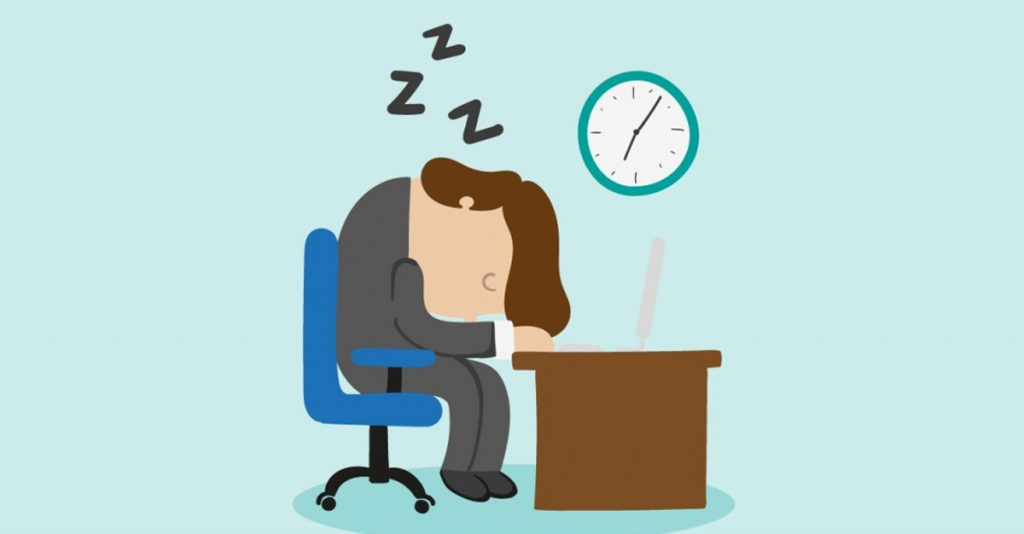No products in the cart.
10 Common Narcolepsy Myths Debunked
1. Introduction to Narcolepsy
Understanding Narcolepsy as a Neurological Disorder
Narcolepsy is a chronic neurological disorder that affects the brain’s ability to regulate sleep-wake cycles. Contrary to common misconceptions, narcolepsy is more than just excessive sleepiness; it is characterized by symptoms such as sudden and uncontrollable episodes of sleep, sleep paralysis, and cataplexy. In this article, we debunk 10 common myths surrounding narcolepsy to provide a clearer understanding of this often misunderstood condition.
1. Introduction to Narcolepsy
Understanding Narcolepsy as a Neurological Disorder
Welcome to the world of narcolepsy, where falling asleep randomly isn’t just a talent for toddlers during car rides. Narcolepsy is a neurological disorder that goes beyond just being a sleepyhead—it comes with a whole host of unique symptoms and challenges.
2. Myth #1: Narcolepsy is Just Excessive Sleepiness
The Complex Symptoms of Narcolepsy
Distinguishing Narcolepsy from Regular Sleepiness
Contrary to popular belief, narcolepsy isn’t just about being overly tired. Sure, there’s excessive daytime sleepiness, but narcoleptics also deal with cataplexy (sudden muscle weakness), sleep paralysis (waking up unable to move), and even hallucinations. So, it’s not your average case of hitting snooze one too many times.
3. Myth #2: Narcolepsy is Rare
Narcolepsy Prevalence Statistics
Challenges in Diagnosing Narcolepsy
Think narcolepsy is as rare as a unicorn sighting? Think again. This condition affects about 1 in 2,000 people worldwide. But here’s the kicker: narcolepsy often goes undiagnosed or misdiagnosed due to its complex symptoms, leading many to suffer in silence (or in unintended naps).

4. Myth #3: Narcolepsy is Just a Sleep Disorder
The Neurological Basis of Narcolepsy
Narcolepsy’s Impact Beyond Sleep
While narcolepsy may sound like the ultimate party trick (falling asleep mid-conversation—what a talent!), it’s rooted in neurological issues. It involves a deficiency in hypocretin, a neurotransmitter that regulates wakefulness. And the fun doesn’t stop there—narcolepsy can affect daily life beyond just snoozing, impacting memory, concentration, and mental health. So, it’s not all pillow fights and cozy blankets in narcolepsy land.
5. Myth #4: Narcolepsy is Untreatable
Available Treatment Options for Narcolepsy
Contrary to popular belief, narcolepsy is not a life sentence to eternal drowsiness. There are various treatment options available to help manage narcolepsy symptoms effectively. From medications that promote wakefulness to lifestyle changes and behavioral strategies, there are ways to improve the quality of life for people with narcolepsy.
Managing Narcolepsy Symptoms Effectively
By working closely with healthcare providers and sleep specialists, individuals with narcolepsy can develop personalized treatment plans to address their specific symptoms. Implementing good sleep hygiene practices, establishing regular sleep schedules, and incorporating short naps into daily routines can all contribute to better symptom management and overall well-being.
6. Myth #5: Narcolepsy is a Sign of Laziness
Dispelling Misconceptions about Narcolepsy and Laziness
Let’s set the record straight – having narcolepsy is not synonymous with being lazy. Narcolepsy is a neurological disorder that impacts the brain’s ability to regulate sleep-wake cycles, leading to excessive daytime sleepiness and unpredictable bouts of sleep. It’s important to understand the difference between a medical condition like narcolepsy and laziness, which is a judgment-based label with no basis in science.
The Importance of Understanding Narcolepsy in the Workplace
Employers and colleagues should strive to educate themselves about narcolepsy to create supportive and inclusive work environments. Accommodations such as flexible work schedules, designated nap spaces, and understanding from coworkers can help individuals with narcolepsy thrive in their professional lives without facing unfair assumptions about their work ethic.
7. Myth #6: Narcolepsy Only Affects Older Adults
Narcolepsy Onset and Age Groups Affected
Narcolepsy can strike at any age, with symptoms typically emerging in the teenage years or early adulthood. While it’s true that narcolepsy can be diagnosed later in life, it is not exclusively an ailment of older adults. Understanding the diverse age groups affected by narcolepsy can lead to earlier detection, intervention, and improved outcomes for individuals living with this condition.
Narcolepsy in Children and Adolescents
Children and adolescents can also experience narcolepsy, which may present unique challenges in school and social settings. Recognizing the signs of narcolepsy in young individuals is crucial for providing timely support and accommodations to help them navigate daily activities and achieve academic success. By debunking the myth that narcolepsy is limited to older adults, we can better address the needs of all individuals affected by this condition.
8. Conclusion: Breaking Down Narcolepsy Myths
In conclusion, unraveling common misconceptions about narcolepsy is essential for fostering a more informed and empathetic society. By debunking myths surrounding the treatability of narcolepsy, dispelling associations with laziness, and recognizing that narcolepsy can affect individuals of all ages, we can create a more inclusive and supportive environment for those living with this condition. Let’s continue to educate ourselves and spread awareness to break down stereotypes and provide better understanding and care for individuals with narcolepsy.


 WhatsApp Us 24/7
WhatsApp Us 24/7